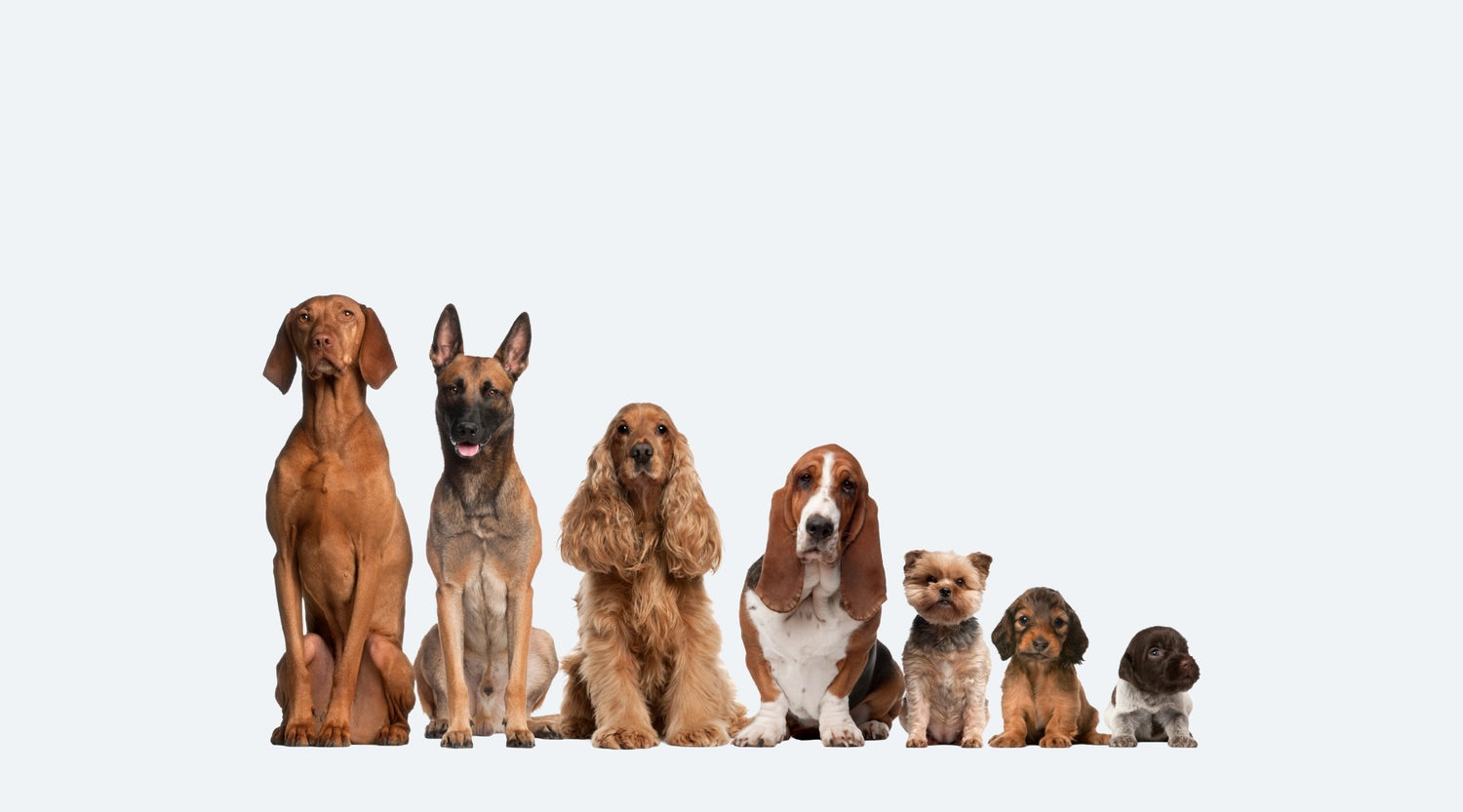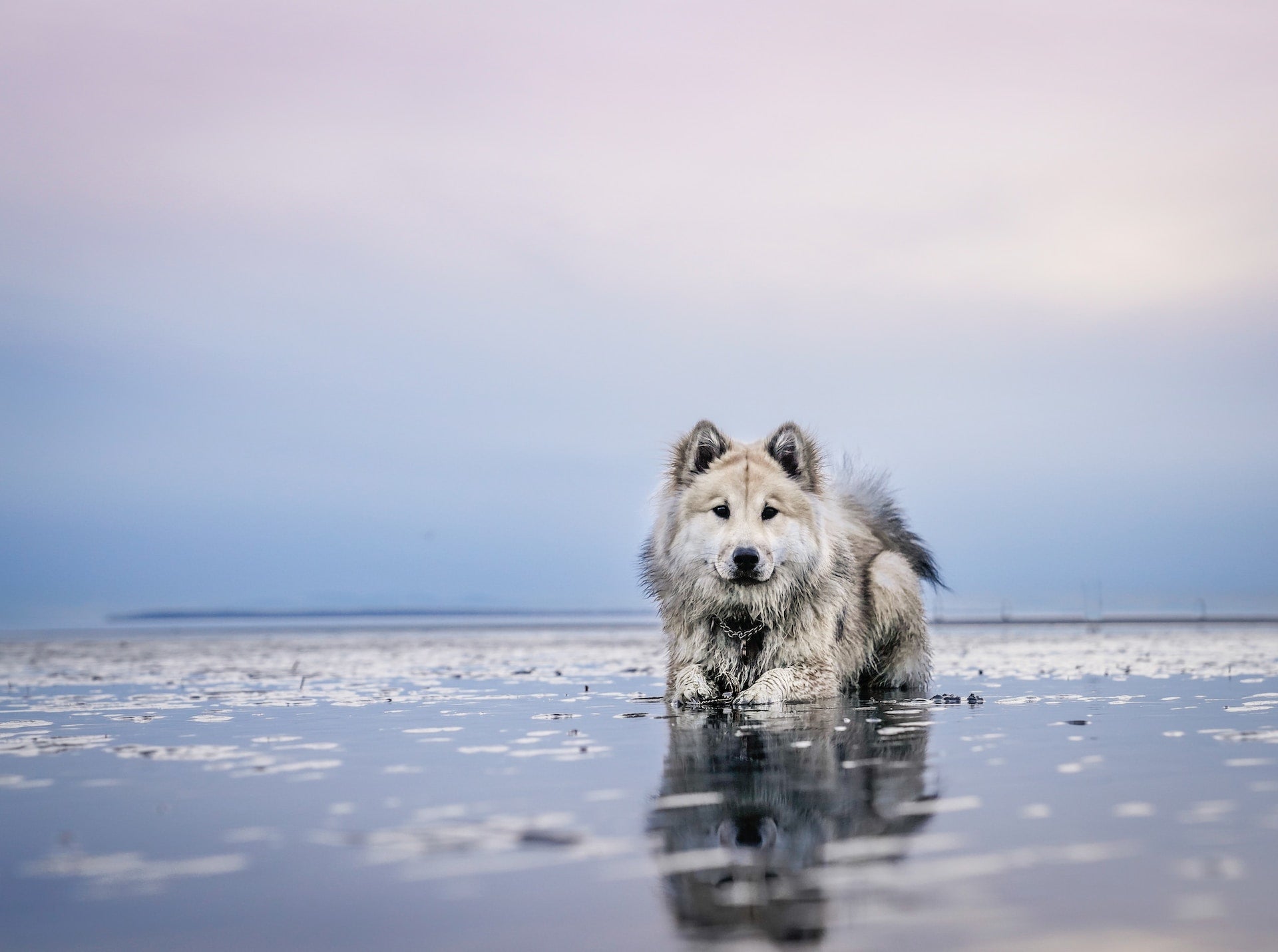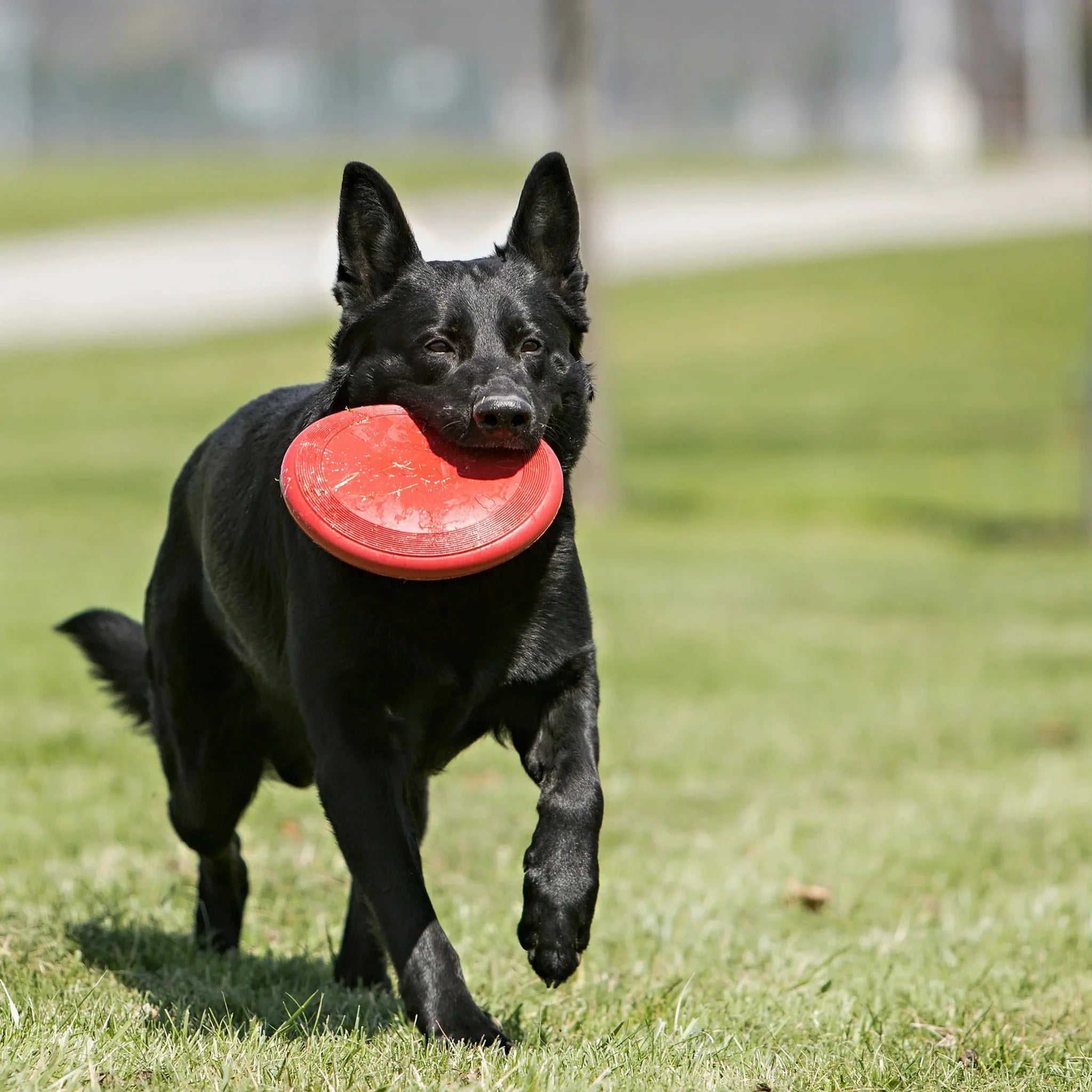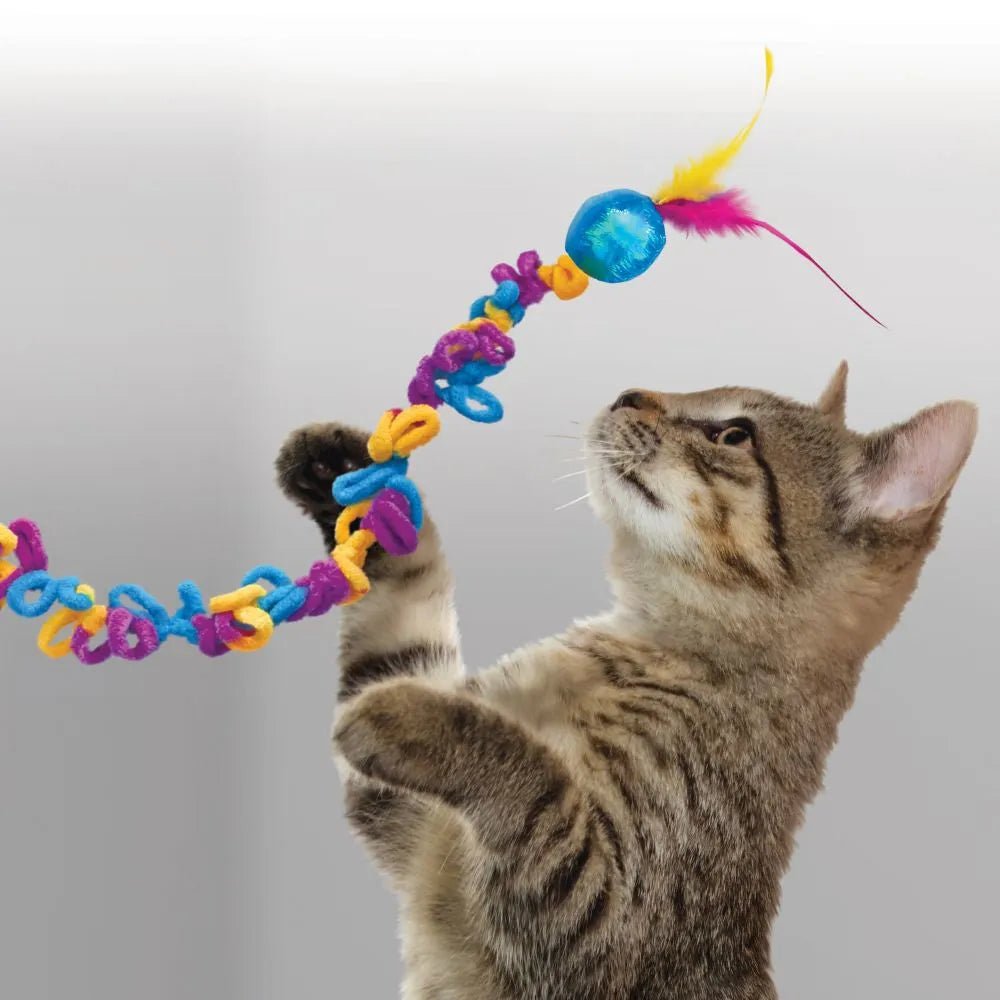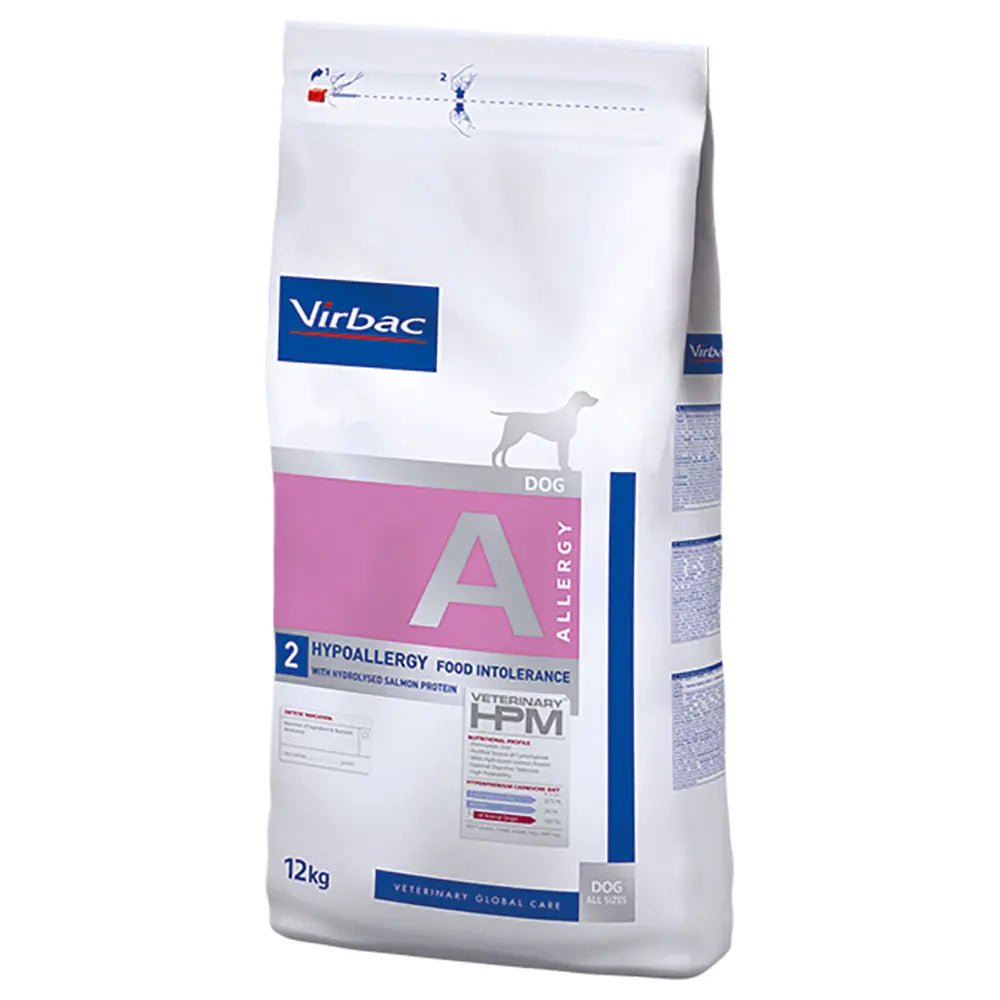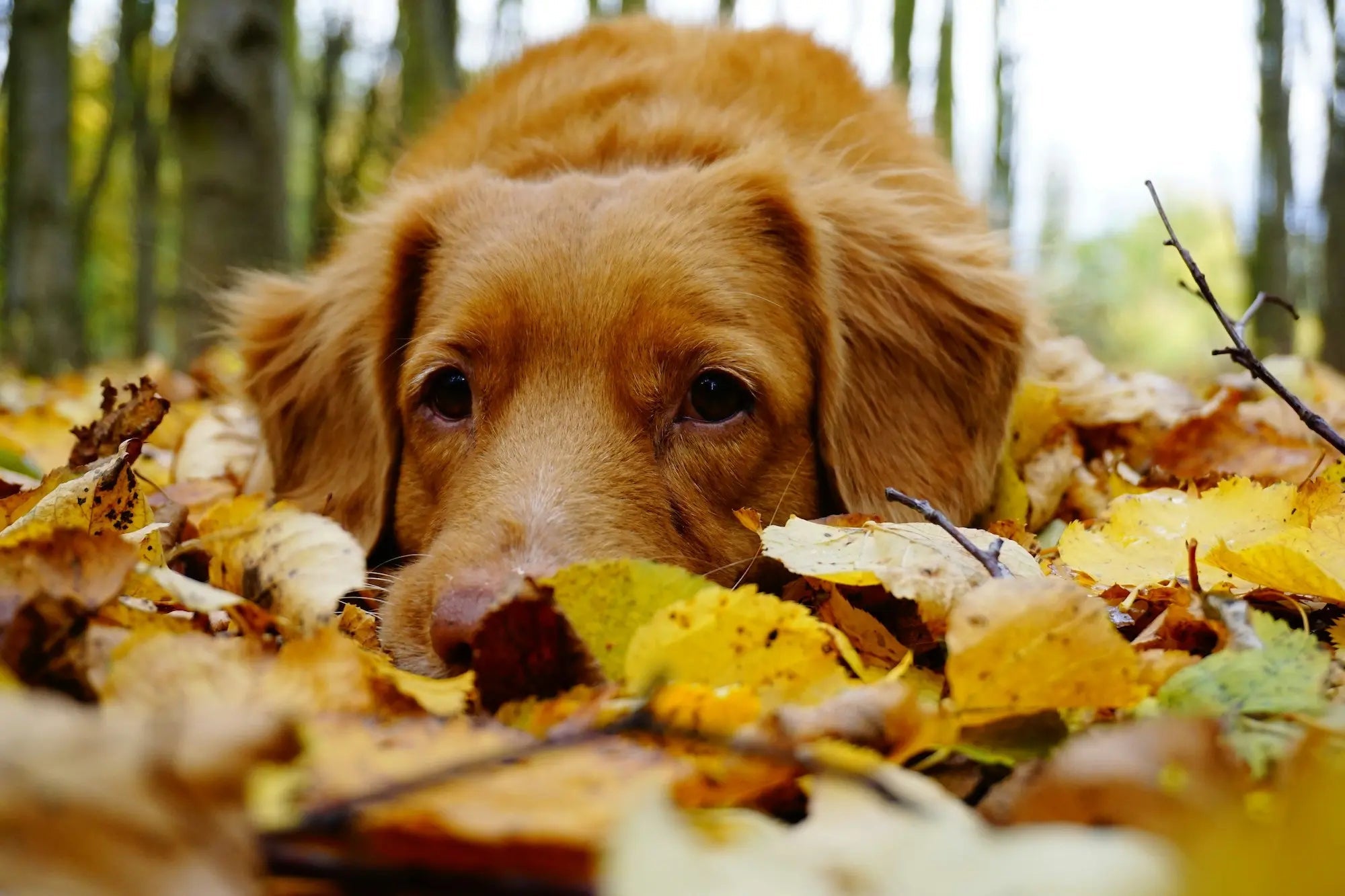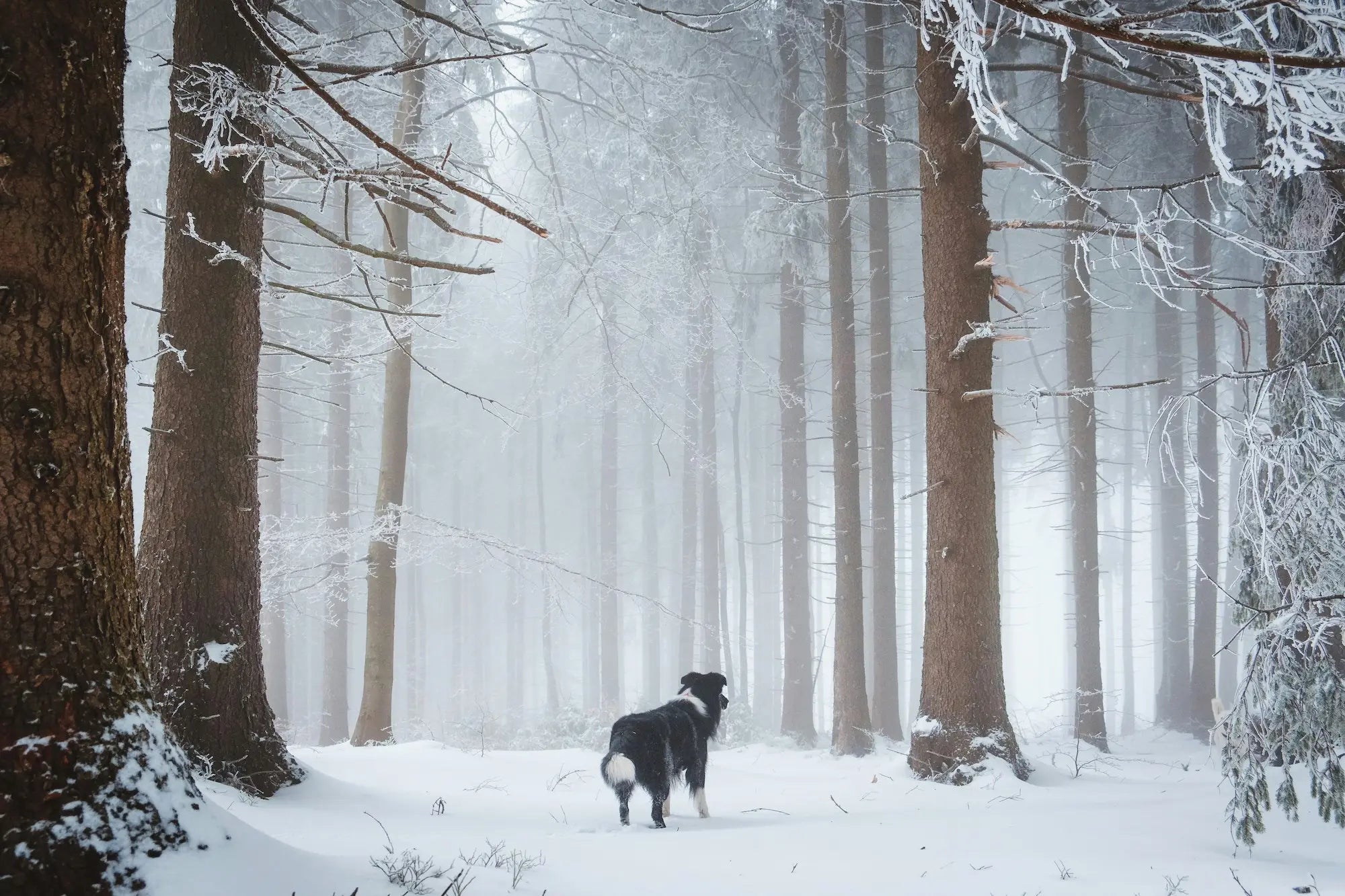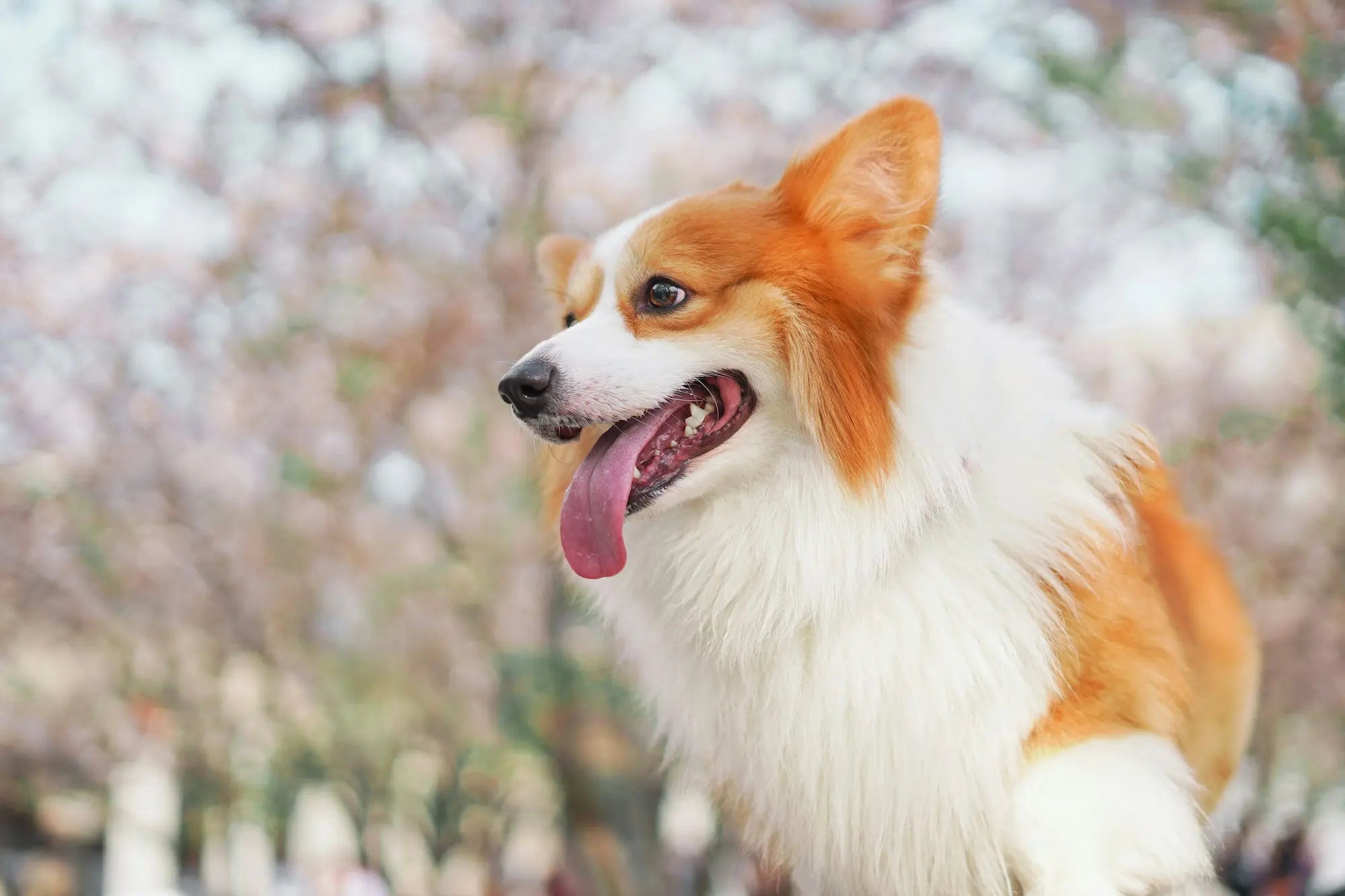The Eurasier is a medium-sized dog with a very special personality. Wondering if a Eurasier is the right breed for you? Read more about its characteristics, activity level and health, as well as what you should consider in your everyday life if you get a Eurasier.
race facts

Family friendly

Activity level

Fur care

Training needs

Clearing

Size
Facts about the breed
The history of the Eurasian can be traced back to 1960s Germany, specifically Weinheim in Baden-Württemberg. A dog enthusiast named Julius Wipfel adopted a polar bear from an animal shelter and was fascinated by its personality. The dog was intelligent, calm, and charming, while being reserved with strangers without being aggressive or fearful.
Thus began the crossbreeding of the Chow-Chow and Keeshond dog breeds in the hope of creating a functional and healthy family dog with these personality traits. The result, after several generations, plus another cross with the Samoyed, was the Eurasian as we know it today. This medium-sized spitz is primarily a companion dog, but many also use it as a show dog. The name Eurasian comes from its history of both European and Asian descent.
What can you expect as an owner of a Eurasian?
Personality
Personality
It is said that the Eurasian has the best traits of the three different breeds from which it is descended. The Eurasier is a kind and reserved dog that becomes very attached to its family. With its introverted nature, it is confident, balanced and calm. It takes a while for a Eurasian to be provoked and it should not have any particular hunting instinct.
The Eurasier is a great family dog and also suits people who live alone. Because it is so patient, it gets along well with children, as long as it has the opportunity to retreat if it gets too much. Remember that children should never be left alone with a dog. The Eurasier likes to spend a lot of time with its family, and does not like to be alone. Although it will be social with its family members, it will be reserved with both other people and animals it does not know. The Eurasier has a distinct personality and can be a little stubborn, so it is an advantage if you have experience with dogs before.
Activity level
Activity level
Although a Eurasian looks like a working dog, it doesn't need a lot of exercise. It will happily join you on daily walks and longer hikes wherever you go. Although it doesn't need to run several kilometers every day, you need to set aside time where it can use its mind, as Eurasians need a lot of mental stimulation to thrive.
Training
Training
Eurasiers are intelligent and easy to train. However, many Eurasians can ignore the prompts they receive. Here it is important to be consistent and use positive reinforcement and praise. If the training becomes too one-sided, they can quickly get bored, so different mental stimuli and new challenges are well received by a Eurasian.
Track work such as mantrailing or dog sports with less focus on blind obedience and speed will suit a Eurasian. It is more reserved towards other people and animals by nature, but you can curb this trait by socializing it early and cultivating positive experiences with other people and the environment.
Health
Health
Weight and size
A male Eurasian is between 52 - 60 cm tall and weighs around 23 - 32 kg.
The bitches are between 48 - 56 cm tall and weigh around 18 - 26 kg.
Lifespan
10 - 15 years
Hereditary diseases
It is common for some dog breeds to be more prone to hereditary diseases than others. Eurasiers are generally quite healthy, but typical diseases that can occur are hip dysplasia, elbow dysplasia and patellar luxation (kneecap out of joint). The breed can also suffer from harmless but unpleasant eye problems such as distichiasis (eyelashes in the wrong place), entropion (inward-turning eyelids) and ectropion (drooping eyelids).
Fur
Fur
Eurasiers have thick fur and undercoat all over their body and tolerate the cold well. In the summer you can comb the undercoat to relieve the heat, but the dog should not be clipped, as this will destroy the coat structure. Even though it has a lot of fur, coat care is relatively easy. When it sheds fur approx. 1 - 2 times a year it will need a little more extra attention to avoid tangles and felting.
You will rarely see a white, white-spotted, or liver Eurasian, but otherwise they come in all other possible colors and color combinations.
Food and nutrition
Food and nutrition
When choosing food for a Eurasian, you should choose a type of food that is adapted to the dog's health and lifestyle. Eurasians are not particularly picky eaters, so they can be perceived as a bit picky about their diet. They can also be a bit of an actor. Pay attention to whether they skip meals because something is wrong, or if they are simply picky about their dog food .
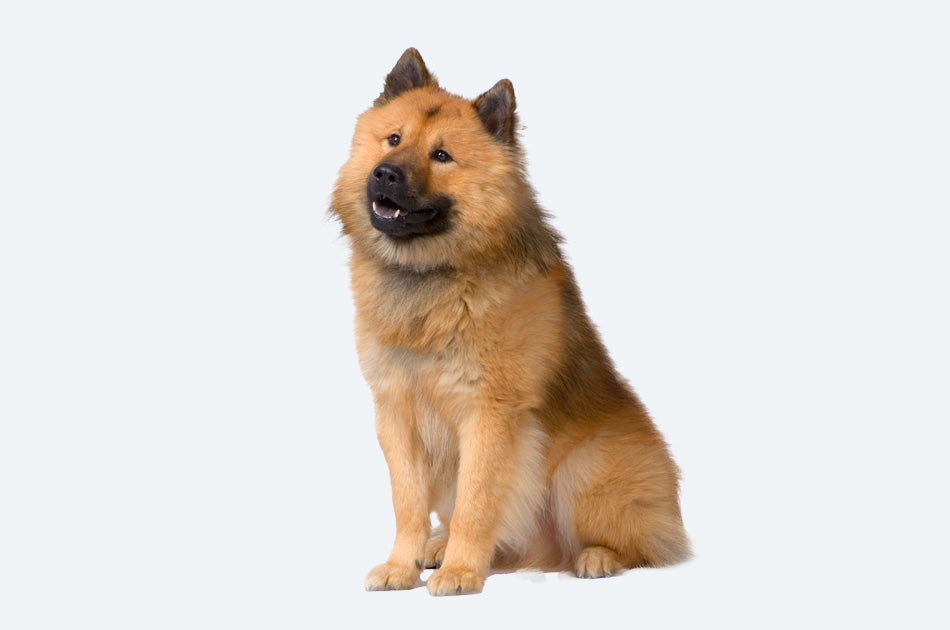
Eurasian
If you want to become the owner of a Eurasier, you should make sure to find a reputable breeder. How much a Eurasier costs will vary, but you can expect a price for a Eurasier puppy to be around 18,000 - 23,000 kr.
It is important to choose a seller who provides you with information about how the dog was bred to ensure that you are not contributing to uncontrolled or illegal dog trade. Unfortunately, not everyone breeds properly and properly, which can lead to serious diseases in the puppies. Being well prepared and finding a reliable breeder is therefore in the best interest of both you and your dog.
